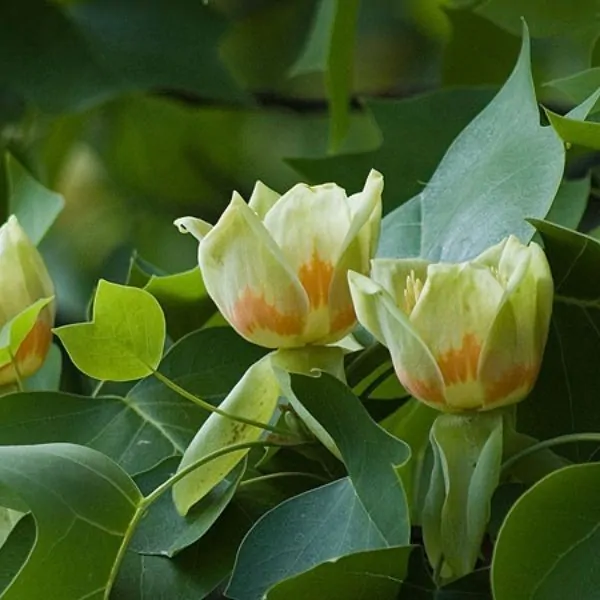Discover the majestic tulip poplar (Liriodendron tulipifera), a towering wonder that has graced our planet for millions of years. This fast-growing deciduous tree, native to eastern North America, is renowned for its striking beauty, resilience, and ecological importance. In this article, we will explore the captivating history of the tulip poplar, its remarkable characteristics, and the essential considerations for growing and caring for this magnificent tree.
A brief history of the majestic tulip poplar
Embark on a journey through time as we delve into the rich history of the majestic tulip poplar (Liriodendron tulipifera), a tree that has stood tall for millions of years. Fossil evidence unearthed from the Cretaceous period reveals the ancient origins of this remarkable species, making it one of the oldest living tree species on Earth.
Imagine a world teeming with dinosaurs, a time when the Earth’s landscape was vastly different from what we know today. It was during this era that the tulip poplar first emerged, a testament to its resilience and adaptability. As eons passed, this magnificent tree witnessed the rise and fall of civilizations, the shifting of continents, and the transformation of the planet we call home.
The tulip poplar’s enduring presence serves as a poignant reminder of the interconnectedness of life and the grandeur of nature’s timeline. Its longevity speaks to its strength and adaptability, having survived countless environmental challenges and climatic changes throughout its remarkable existence.
Growing and caring for Liriodendron tulipifera
The tulip poplar tree, also known as the yellow poplar or tulip tree, is a fast-growing, majestic tree that adds beauty and value to any landscape. Growing and caring for this magnificent tree is relatively simple, making it a great option for both experienced gardeners and beginners alike.
The tulip poplar prefers full sun but can tolerate partial shade. It grows best in well-drained, moist soil but is adaptable to various soil conditions celebrity tomato. When planting a tulip poplar, choose a location with plenty of room for its extensive root system to spread. It’s also important to keep the area around the tree free from competing vegetation, as this can hinder its growth.
Watering is crucial for the tulip poplar, especially during its first few years of growth. Regular watering will help the tree establish a deep root system and thrive. Once the tree is mature, it can tolerate periods of drought.
Fertilizing the tulip poplar is not necessary but can help boost its growth and overall health. A balanced fertilizer, such as a 10-10-10 formula, can be applied in the spring or fall.
Pruning is generally not required for tulip poplars, but it can be done to remove dead or damaged branches or to shape the tree. Pruning should be done in the late winter or early spring before new growth begins.
With proper care, the tulip poplar will thrive and provide years of enjoyment with its beautiful foliage and fragrant flowers. Its fast growth rate and adaptability make it an excellent choice for gardeners looking to add a touch of elegance and natural beauty to their outdoor space.





